The summer of 2019 saw unprecedented heat waves strike much of the globe. In Europe, records were shattered as a heat wave sat over the continent for over two weeks. Read on to learn more about the effects of climate change, how it contributed to the heat wave, and what is being done to counter it.
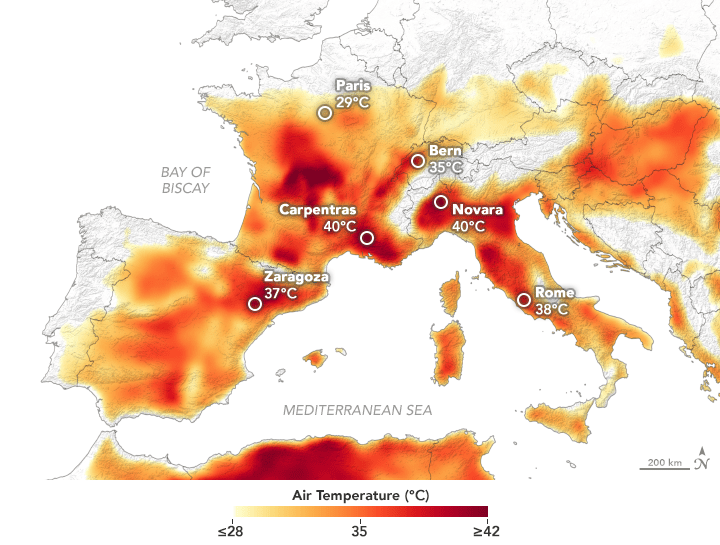
1. Europe Saw a Record-Setting Heat Wave in June 2019
The heat wave began on June 24, 2019. Warm temperatures are not at all uncommon during the summer months, particularly in southern and central Europe. Countries like Italy, Spain, and France routinely have warm, sunny summers.
However, the temperatures during the heat wave spiked 20 to 30 degrees Fahrenheit above average. Countries like Germany, the Netherlands, and the United Kingdom tend to have summers with cooler temperatures, due to cloudy weather conditions. Nevertheless, as far north as Scandinavia, temperatures were well into the nineties.
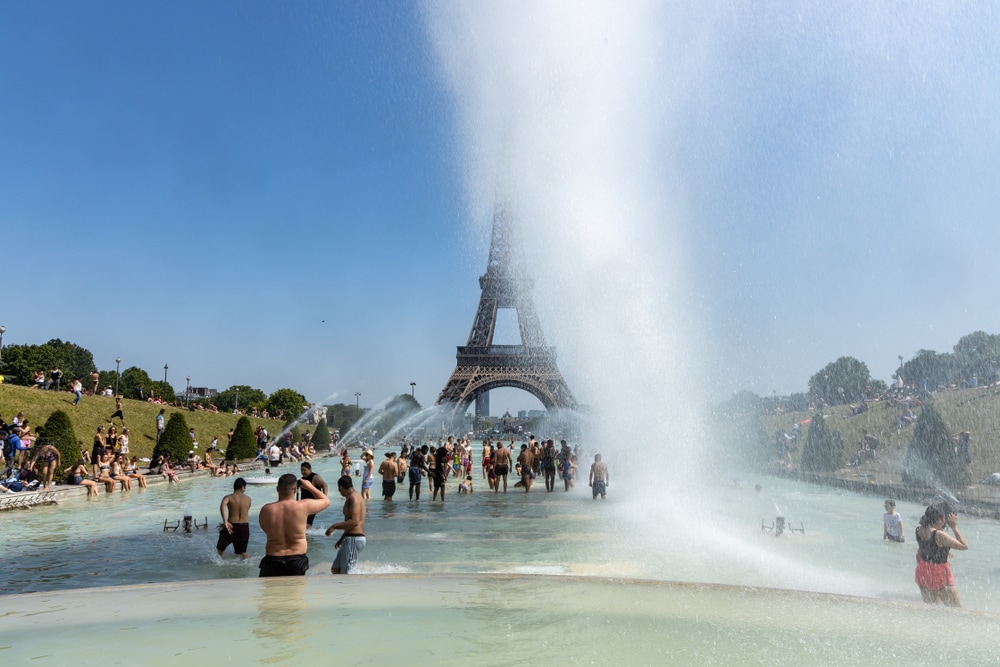
2. Approximately 15 People Died in the Heat Wave
While some parts of the world tend to be quite warm regularly, much of Europe is not adapted to dealing with such high temperatures. Many homes and businesses do not have air conditioning, and people’s bodies tend to be more acclimated towards a colder climate.
During the heat wave, nine people drowned while attempting to cool off from the sweltering summer temperatures. A farm worker died after overheating and then jumping into a pool to cool off, where he became unconscious and drowned. Three elderly individuals perished in hot air temperatures.

3. Temperatures Spiked at 115 Degrees in France
Many parts of Europe set record-breaking temperatures during the heat wave of 2019. Many places that do not typically see temperatures above the seventies were well above 90 degrees. France set its all-time highest temperature at 114.6 degrees Fahrenheit.
The mercury broke 100 in Germany, and Gelderland in the Netherlands got up to 97 degrees. Poland, which can have quite warm summers regularly, broke its June record when the thermometer hit 100.8 in Radzyn. Temperatures in many parts of Spain soared over 100, with a record of 112 set in Albuquerque.

4. Wildfires Broke Out in Spain
Piles of chicken feces that were exposed to direct sunlight for prolonged periods ignited in Catalonia on June 26, 2019. Two days later, strong winds, hot temperatures, and bright sunlight had caused the fire to spread to cover more than 16,000 acres, making it the worst fire to hit Catalonia in two decades.
While there were no human fatalities, over 200 livestock died in the blaze. Six aircraft and 600 firefighters had to work together to put the fire out.
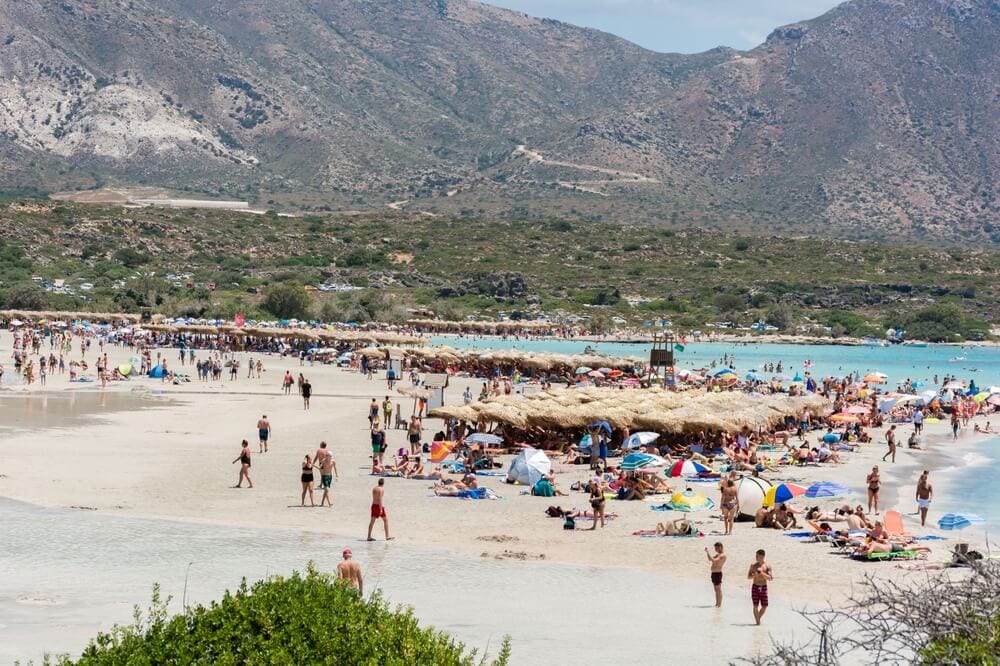
5. Heathrow Airport Hit 93.2 Degrees Fahrenheit
Heathrow Airport is one of the busiest airports in the world. While there were no significant disruptions to flights, there are concerns that heat waves, which are becoming more common, could cause disruptions to air travel. Hot air can influence jet streams, which can wreak havoc on flight paths.
Additionally, when the tarmac overheats, it can create dangerous conditions for those working at the airport. They can become prone to dehydration and heat stroke; furthermore, the high temperatures can cause harm to the operation of airplanes.
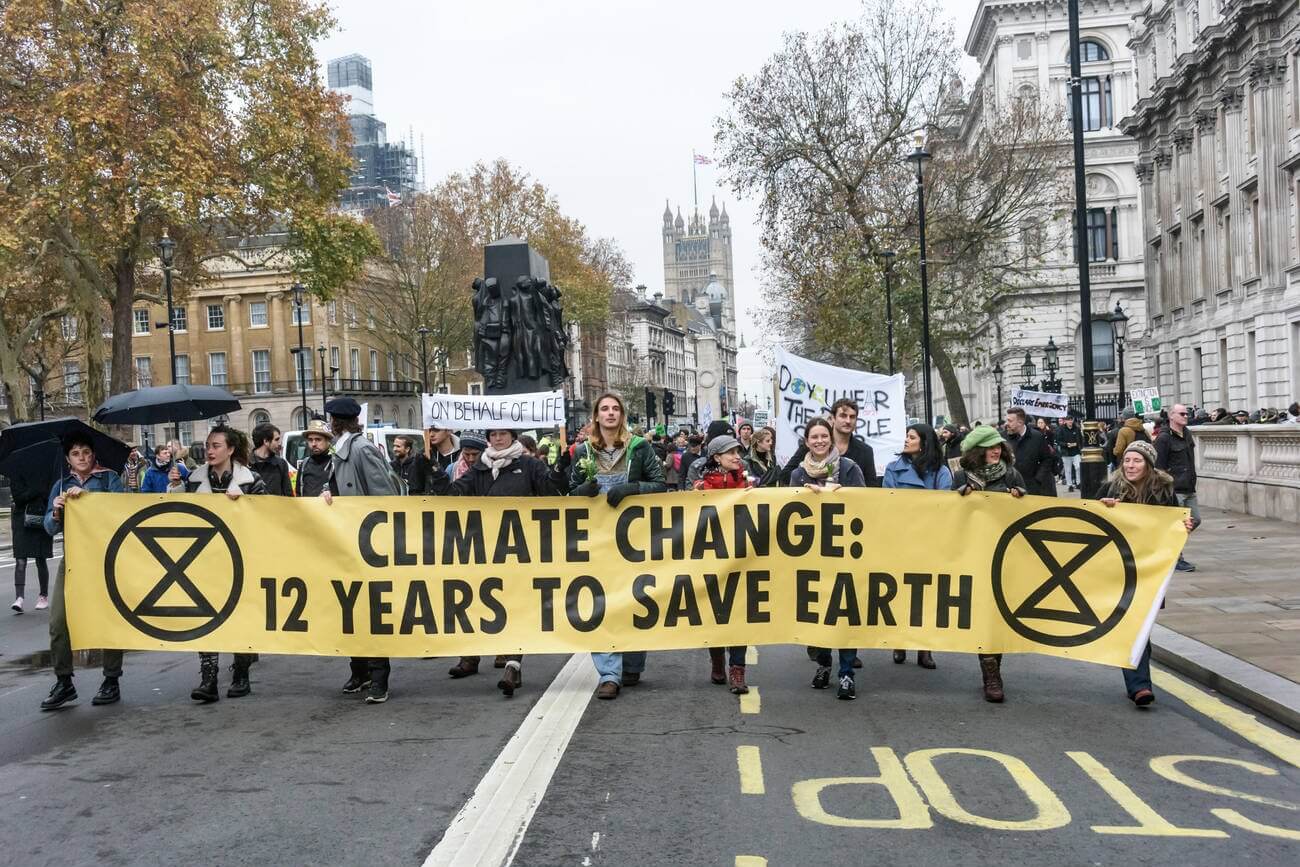
6. Extinction Rebellion Protested During the Heat Wave
Extinction Rebellion is a group of activists in Europe that protest against government inaction towards eliminating fossil fuels, creating a green economy, and ultimately curtailing and reversing climate change. They claim that the increasing pace of climate change is causing irreversible damage that is leading to mass extinction, which will include the extinction or near-extinction of humanity.
The group believes that because the government is not acting in the best interests of its people, it has broken the social contract; therefore, the group is obligated to engage in civil disobedience to oppose government initiatives that do not address climate change.
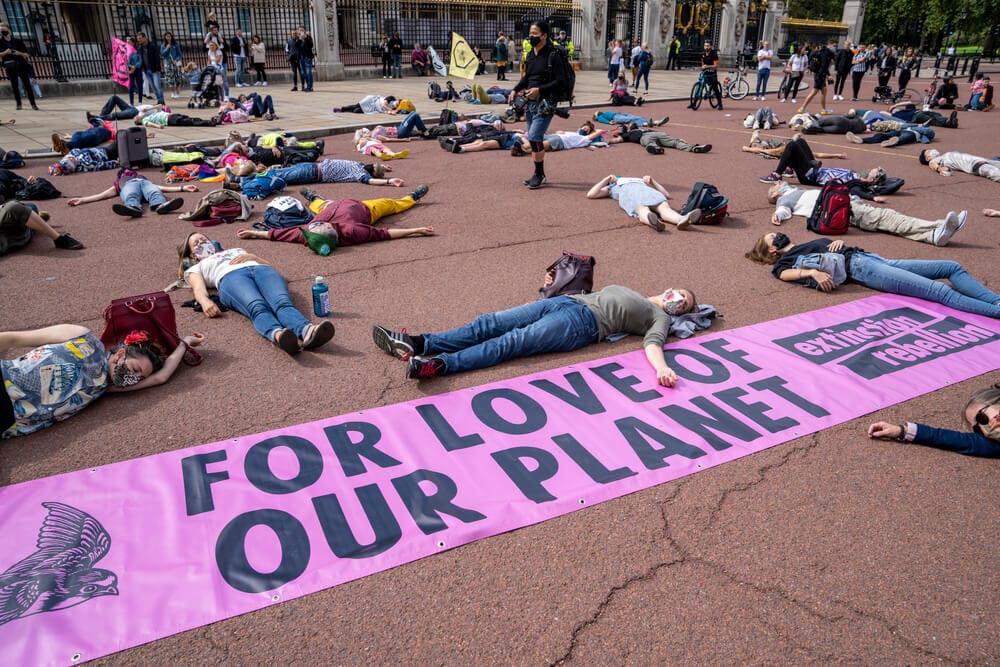
7. Extinction Rebellion Formed in Response to the 2018 Heat Wave
A similar heat wave struck Europe during the summer of 2018, with record-breaking temperatures leading to wildfires throughout areas like Scandinavia, which are usually quite cool during the summer.
Climatologists conservatively claimed that global warming made the heat wave twice as likely, while some claimed that global warming made it five times more likely. They predicted that more extreme temperatures, such as those seen during the summer of 2018, would become the norm unless action is taken to reverse climate change.
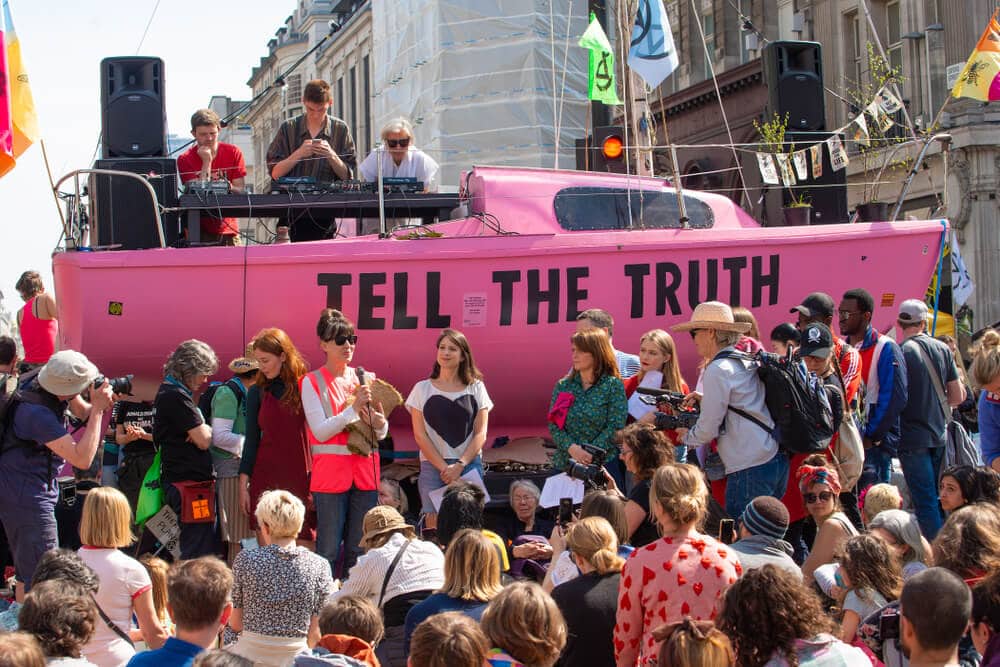
8. Extinction Rebellion Organized Around Anthropocene Extinction
The Anthropocene epoch is the one that we are currently in. It is so named because of the immense impact that humans (hence the root word “anthropo”) are having on the environment.
The epoch is characterized by massive losses in biodiversity, rising global temperatures, melting glaciers, and impending mass extinction. Extinction Rebellion is particularly concerned that these trends will soon become irreversible, leading to both social and ecological collapse.
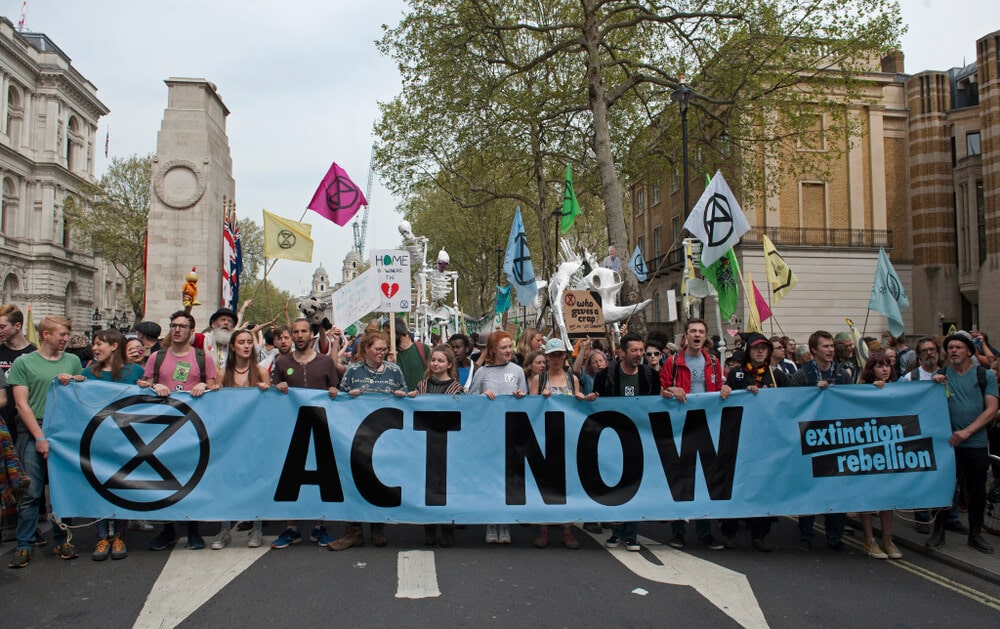
9. Extinction Rebellion Engages in Civil Disobedience and Nonviolent Protests
In November 2018, the group blockaded five bridges in London that span the Thames River, a major artery that crosses the city and leads out to the English Channel. In April of the next year, it led occupation in prominent spots throughout London, including Parliament Square.
The group isn’t limited to London, however. Activists all across Europe, the United States, and other parts of the world have routinely engaged in civil disobedience and nonviolent protest to try to draw attention to the climate crisis that is being triggered by global warming. Though the group is nonviolent, many of the activists in it have pledged that they are willing to go to prison because their cause is so dire.

10. Extinction Rebellion Demands That Greenhouse-Gas Emissions Reach Net Zero
The principal driver of climate change is the use of greenhouse gases, such as the gasoline that you probably put into your car. These gases are released into the atmosphere and cause heat emitted by the sun to become trapped, thereby raising the global temperature of the earth, similar to a greenhouse.
The most common greenhouse gas is carbon, but there are many others. Ending the use of greenhouse gases is one of the most important things that the world can do to curtail global warming.

11. The 2018 Heat Wave Also Led to Massive School Strikes
Greta Thunberg is a Swedish teenager who, for years, was distraught at the devastation being wrought in the Anthropocene era. She recalled seeing images in school of polar bears whose icy habitats were being destroyed because of global warming.
Following the 2018 heat wave, she committed to striking out of school until the Swedish government decided to get in line with the Paris Climate Agreement of 2015. Her actions sparked a global movement by children who are concerned that their futures are being devastated by climate change.
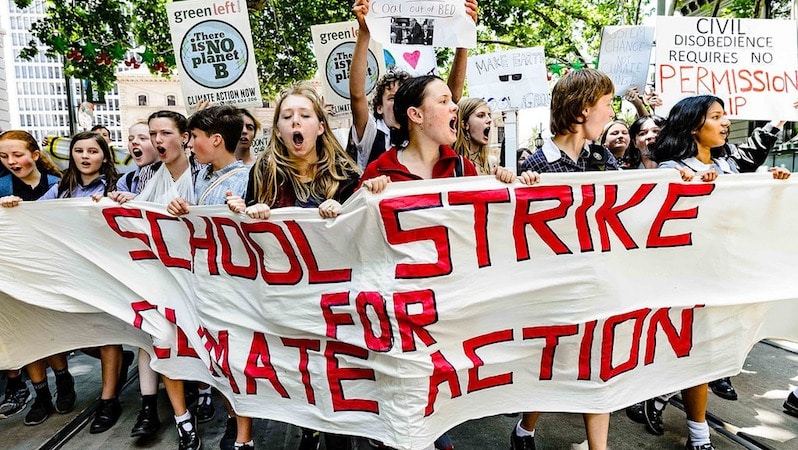
12. Children Began to Strike Out of School Every Friday
“Fridays for our Future” became the slogan of the school strike-out movement that quickly spread from Sweden throughout Europe. Children began skipping school every Friday to stage large-scale demonstrations to try to call politicians to act on climate change.
They recognize that the evidence from climatologists has been present for decades, but politicians have refused to work in a meaningful way to address what has gone from a crisis to a full-blown catastrophe.
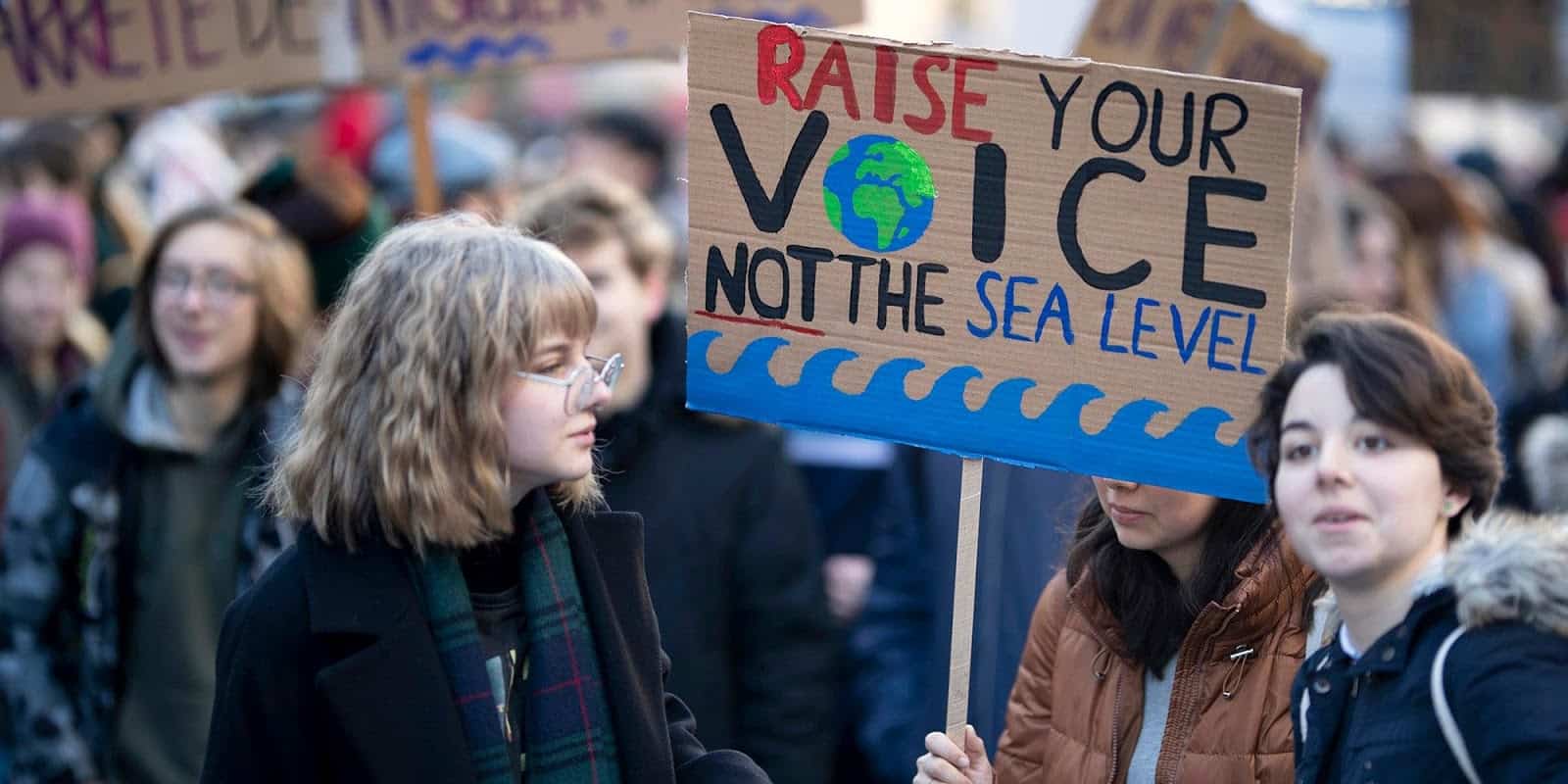
13. Thunberg Spoke at the Davos Conference in January 2019
Davos is a town in Switzerland that in January of 2019, hosted a global conference for world leaders on how to address climate change. While there were 1500 private jets used by high-profile individuals to get to Davos, Thunberg insisted on spending 32 hours on a train because of the high carbon footprint of flying.
She spoke to world leaders about the science behind climate change and insisted that they begin to do something about it. Otherwise, by the year 2030, the damage caused by global warming will lead to a catastrophic chain of events that will end civilization as we know it.
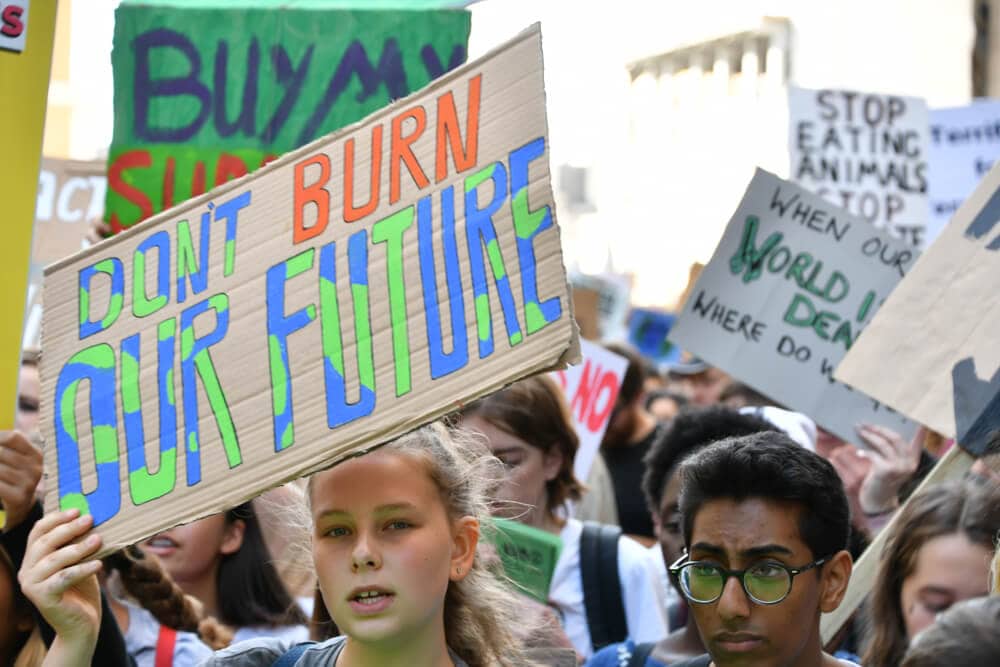
14. Greta’s Speeches Are In Line With Current Science
Climatologists predict that if global temperatures rise two degrees Celsius above the pre-industrial era, then catastrophe will soon follow. Without drastic action to significantly reduce our carbon footprint, we are on track to reach the two-degree mark by 2030.
Greta frequently points this fact out when she is speaking at different events. Moreover, she practices what she preaches – Greta insisted that her family adopt a vegan diet, as animal agriculture is a primary driver of greenhouse gases, and she refuses to fly to any of her events. She either takes the train or an electric bus.
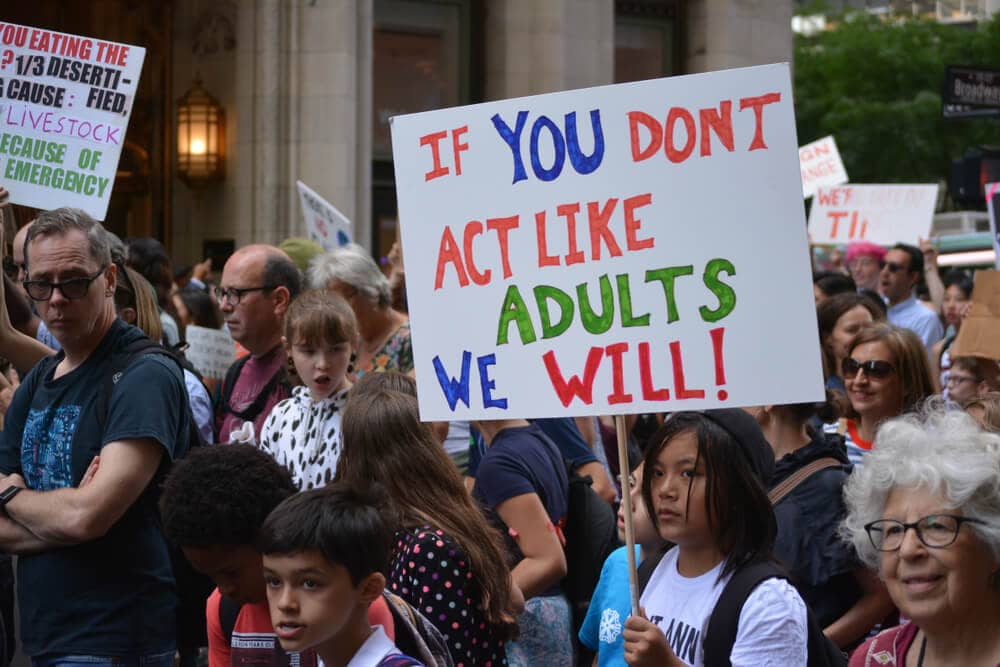
15. We May Not Have Acted in Time
Before the heat wave that struck Europe in the summer of 2019, Greta told politicians and other world leaders that there have to be major changes to the way that the global economy is structured.
We did not act in time to be able to preserve the status quo. Had we curbed the use of greenhouse gases decades ago, as climatologists have long been advising, we would have been able to address the climate crisis without significant effects on the global economy.
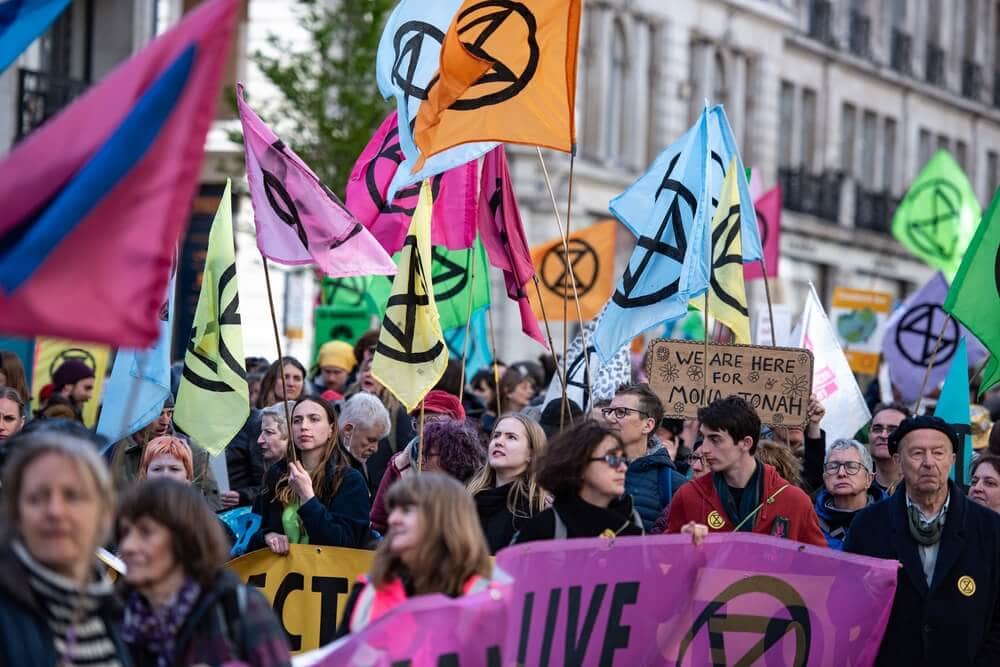
16. The 2019 Summer Heat Wave Led to Renewed Climate Protests
Activist movements like Extinction Rebellion and Thunberg’s School Strike for Climate, are increasingly worried that not only are governments not reducing the emissions of greenhouse gases; the amount of emissions is actually continuing to increase.
To address the climate crisis, the use of fossil fuels needs to come to an end quickly, and countries adopt an economy that promotes a negative carbon footprint. During the 2019 heat wave, to continue drawing attention to the problems associated with global warming, activists in the movements staged protests throughout Europe.
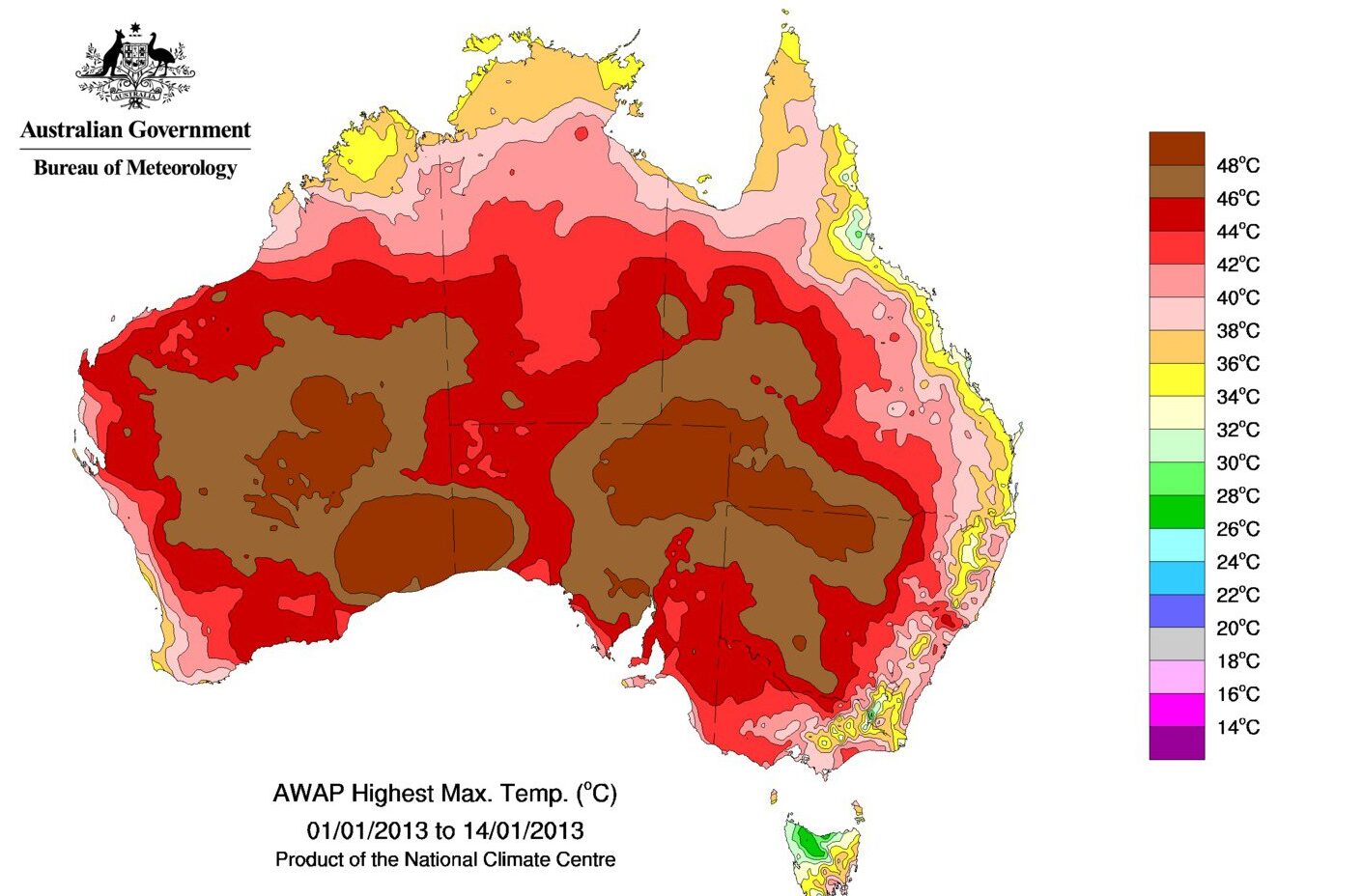
17. Larger-Scale Carbon-Capture Technology is Urgently Required
Carbon-capture technology traps carbon, which is one of the most prolific greenhouse gases and is particularly emitted when fossil fuels are burned. Adopting more carbon-capture technology is critical to addressing the climate crisis, but most of the technology is small-scale and adopted by individual businesses rather than entire governments.
Greta Thunberg and other climate activists, following the advice of climatologists, are advocating that governments must begin to prioritize carbon-capture technology, and that prioritization must lead to large-scale use of the technology in unprecedented ways.
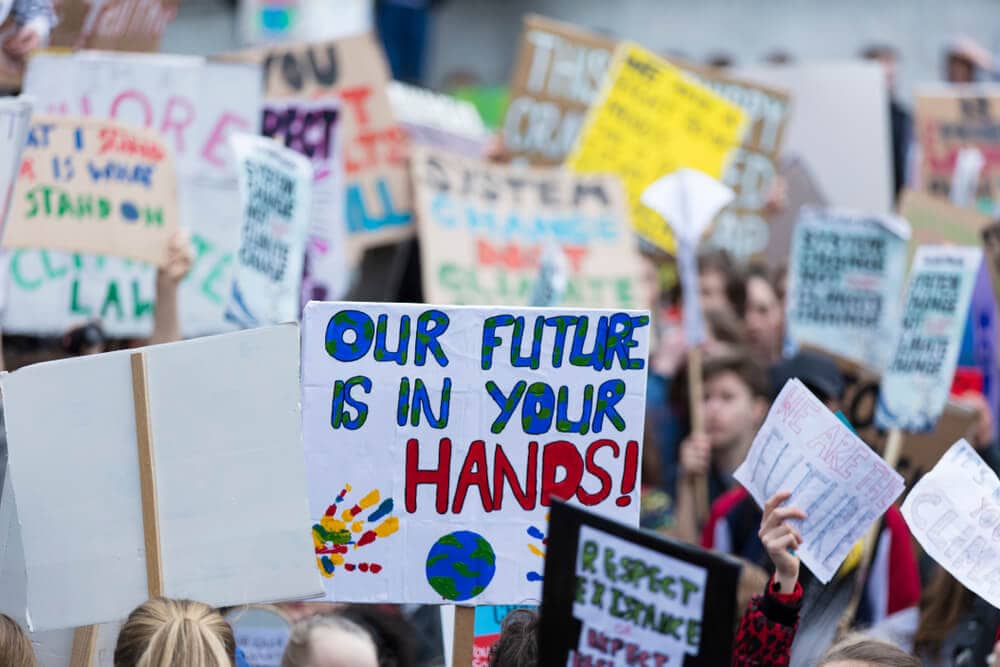
18. If Climate Change Does Not Soon Reverse, Today’s Kids Will Have No Future
Kids are spearheading the movement against climate change because they recognize that unless drastic action is taken today, there won’t be a planet left for them by the time they are adults.
In 2030 – the date set for doomsday, according to climatologists – Greta will be only 26 years old. The ecological collapse that the world will have sustained by that point will be catastrophic unless governments begin taking serious action to address climate change.
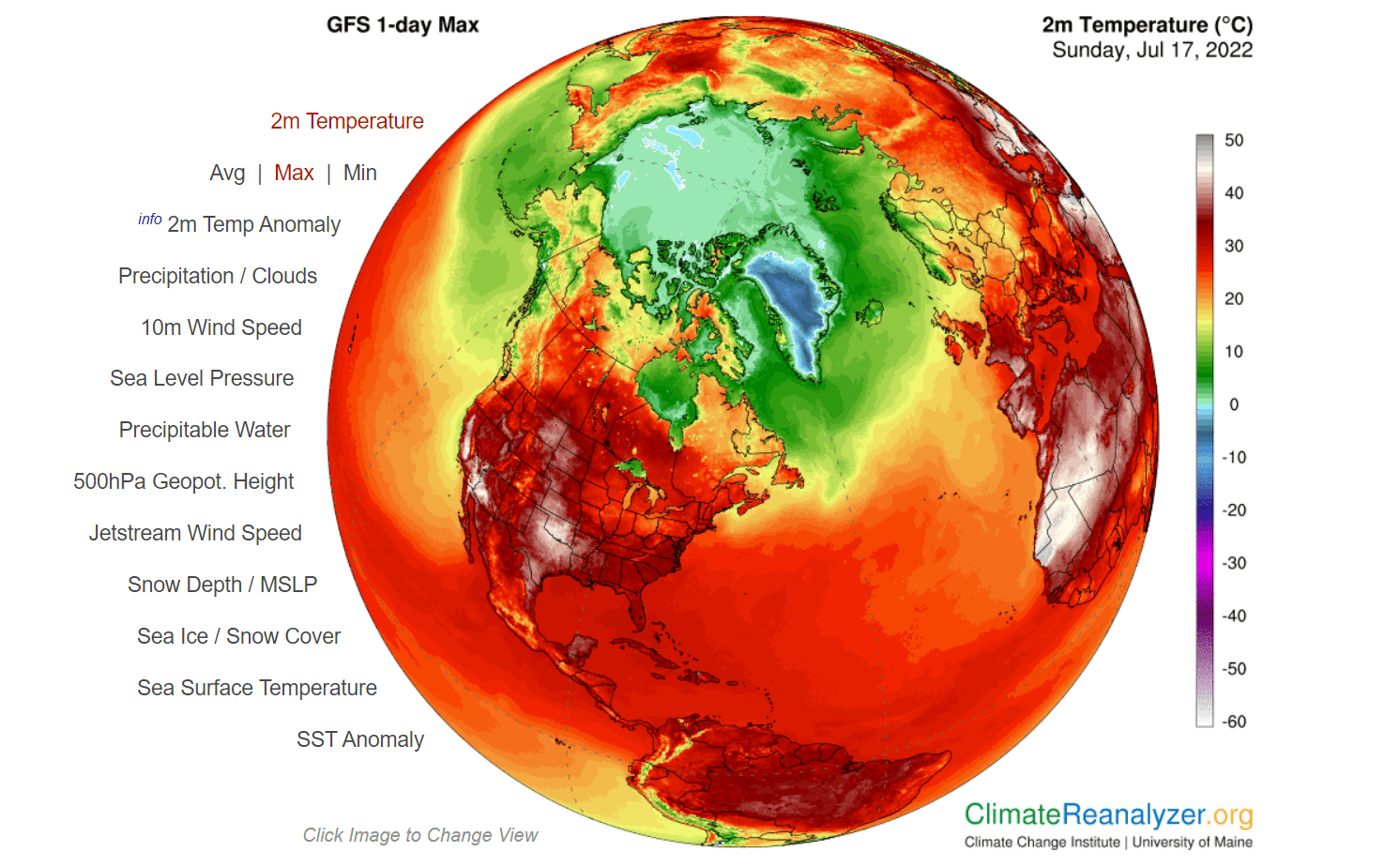
19. Climate Change Was Likely Responsible for the 2019 Heat Wave
Climatologists are hesitant to say that one event, in particular, was spawned exclusively by global warming. However, with the increasing frequency of heat waves, the one that struck Europe in the summer of 2019 was most likely caused by global warming.
Its longevity and severity were unprecedented, yet they follow the trend of increasingly warm summers that are marked by record-breaking heat. At any rate, climate activists are convinced that the heat wave was the result of climate change and that ecological breakdown will continue without drastic action.
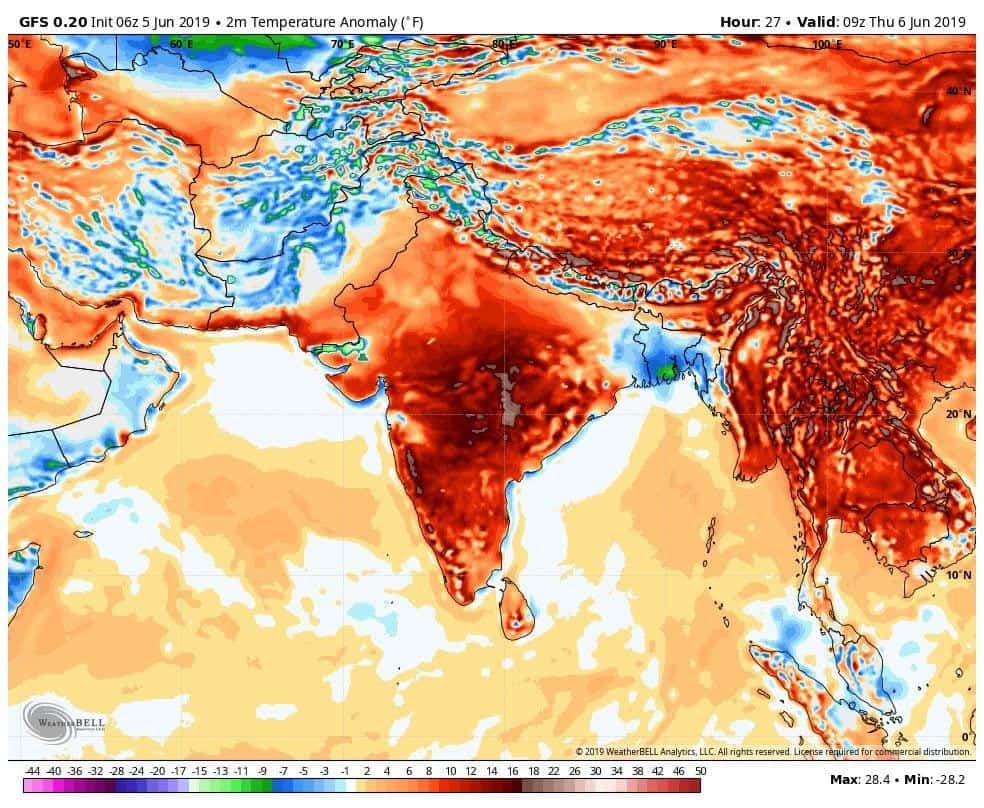
20. Climate Change Made the Heat Wave Five Times More Likely
While climate change made the 2018 heat wave at least two times more likely, climatologists are convinced that the one that struck Europe in 2019 was made five times more likely by climate change.
One team of climatologists found that the extreme heat found in France – where the temperatures got to 115 degrees Fahrenheit – was 100 times more likely in 2019 as it was in 1901. Expect that if emissions don’t drop quickly, the heat-wave trend will continue.
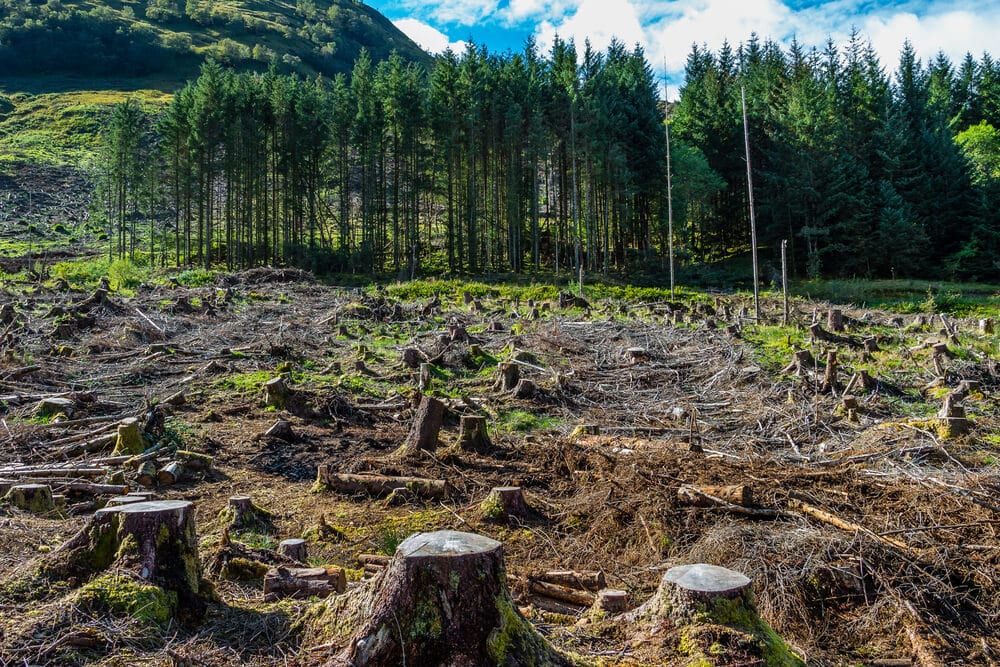
21. Deforestation Is Also Driving Climate Change
Forests, jungles, and other woodlands are places that hold high measures of biodiversity, and the plants draw in carbon from the air and convert it into oxygen through the process of photosynthesis. As woodlands are increasingly being cleared in the Anthropocene epoch, much biodiversity is being lost.
Additionally, the carbon-capture ability of trees and other plants is causing more and more carbon to pile up in the atmosphere, leading to increasingly higher temperatures. Not only that, but the lack of trees means that there will be less shade for when hot weather hits!
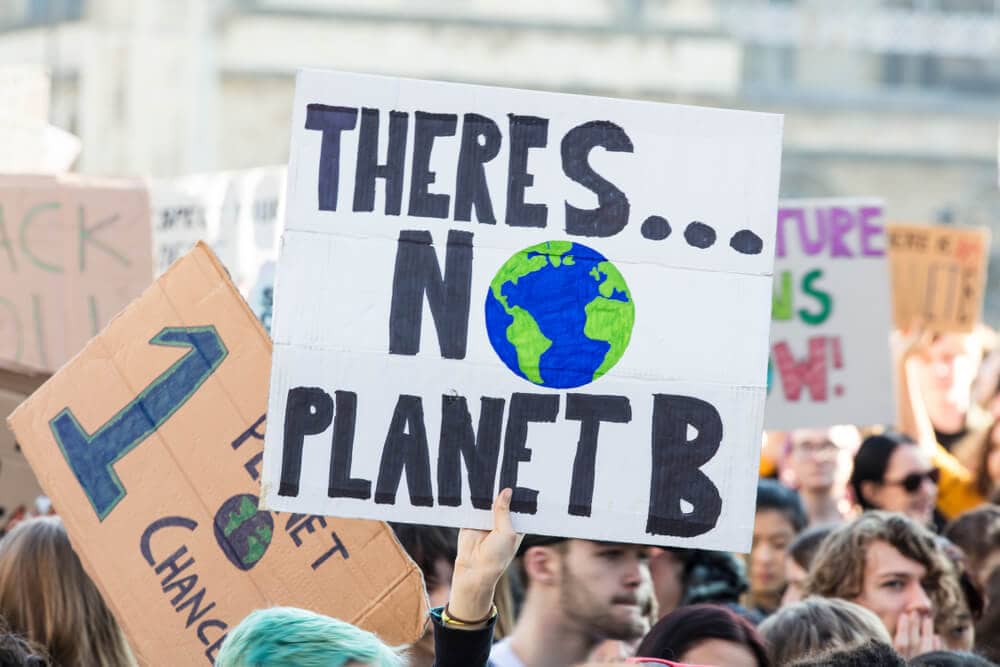
22. Reversing Deforestation Is Critical To Addressing Climate Change
In addition to bringing greenhouse gas emissions to net zero, governments need to take serious action to reduce and ultimately eliminate deforestation. While much of today’s deforestation is happening outside of Europe – particularly in Africa and the Amazon rainforest – many of the products used by Western countries are produced by countries engaging in high levels of deforestation.
These countries tend to be much poorer than those that consume their products and cannot, therefore, address the deforestation crisis on their own. This issue is one reason why the entire global economy will have to shift in order to address climate change.
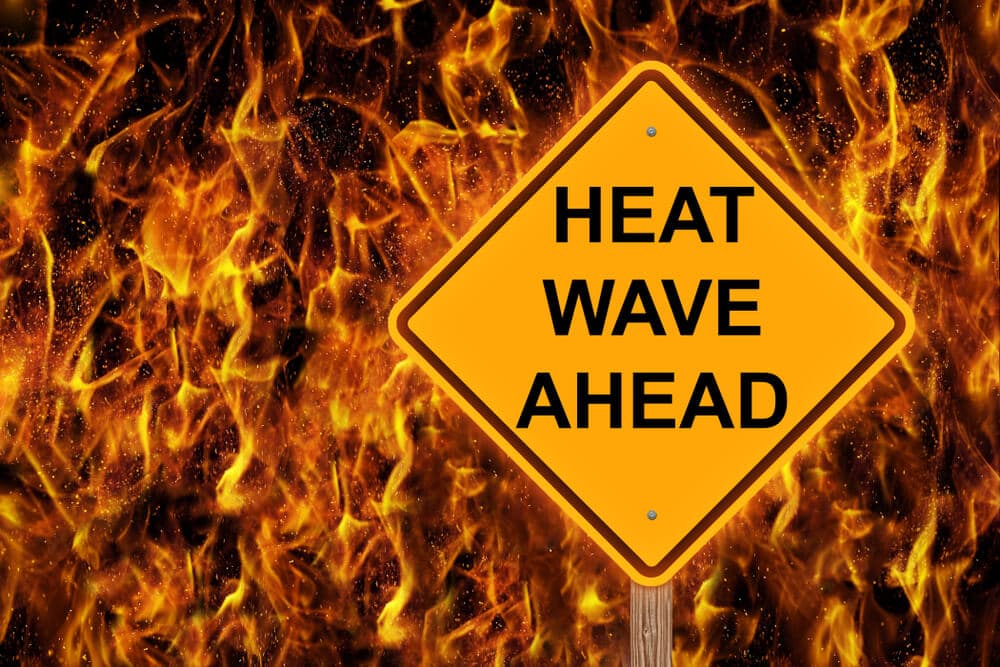
23. Governments Need to Invest in Reforestation
Part of implementing a green economy – one that is carbon-neutral and ultimately carbon-negative – will be reforesting areas that can sustainably support trees.
Trees are the ultimate carbon-capture technology, so wherever in the world they are planted (as long as biodiversity and other ecological issues are taken into consideration), there will be a net positive benefit for everyone. Even planting trees inside cities can lead to substantial benefits: when another heat wave strikes, cities that have trees will actually be cooler.
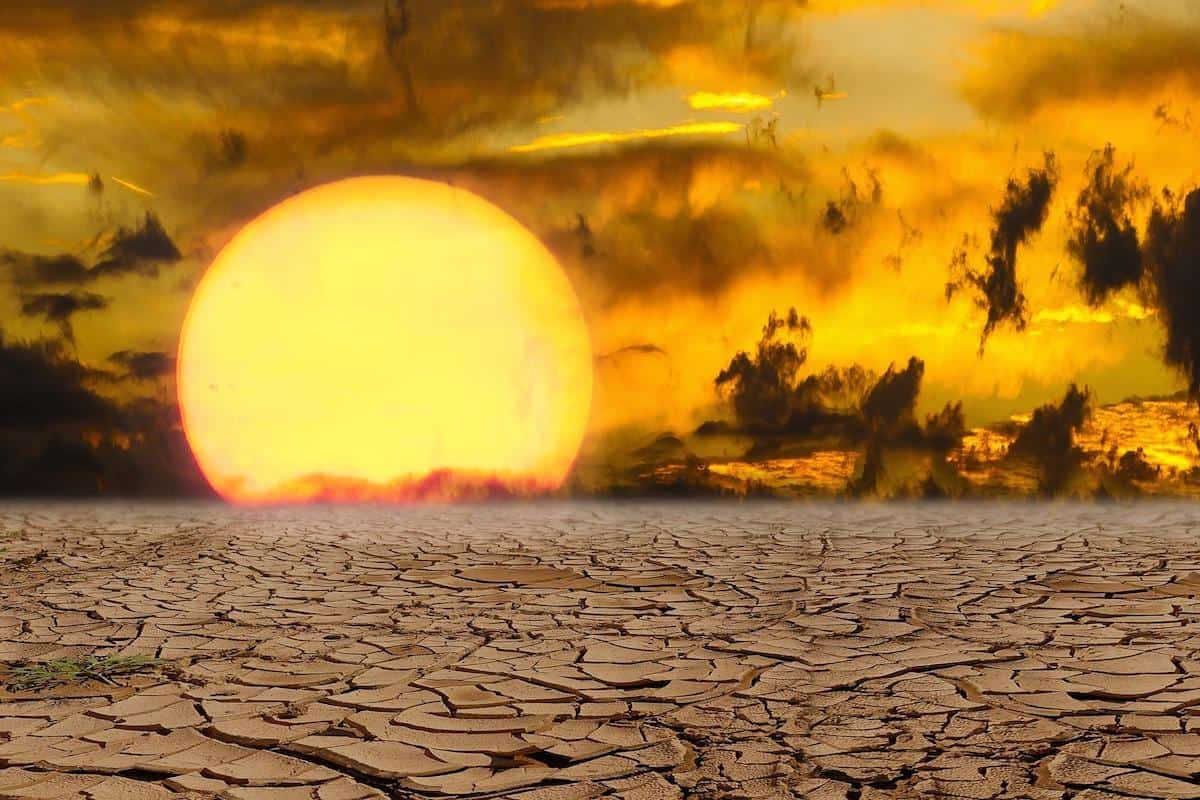
24. Methane is an Increasingly Big Problem
Methane is a highly potent greenhouse gas – it is about 25 times more powerful than carbon dioxide in terms of its effect on global warming. We don’t usually burn it the way that we burn fossil fuels; instead, it is buried deep inside of ice cores.
However, with global warming causing ice cores to melt, the methane trapped in them is beginning to be released into the atmosphere. Additionally, methane gas is created when garbage decomposes. Methane emissions are becoming a dire problem and will accelerate global warming if not immediately addressed.

25. 2016 Was the Warmest Year On Record
Though there are people who continue to deny climate change – despite increasing temperatures that are being noticeably felt across the world – 18 of the hottest 19 years on record have occurred since 2001.
The one that did not happen after 2001 was 1998; climatologists were already banging the drum for action by then. The hottest year on record was 2016, but with the 2019 heat wave that gripped Europe, 2019 could take first place.

26. An Unusually Mild Winter Preceded the Heat Wave
The winter of 2019 was noticeably quite mild throughout Europe. In fact, some days were over 20 degrees Fahrenheit above average. At the same time, there were ice storms and severe weather systems that caused disruptions. While colder temperatures may seem to be the opposite of global warming, they are the opposite side of the same coin.
Both warmer and colder temperatures are the result of climate change, which is disrupting weather patterns all across the globe. The cost to agriculture, air travel, and other critical infrastructure are beginning to be significantly felt.

27. Agriculture Has a Huge Carbon Footprint
Industrial agriculture, which is used by most of the developed world, is one of the biggest drivers of greenhouse gas emissions there is. In fact, animal agriculture has a more significant impact on global warming than the entire global transportation network!
Additionally, the carbon footprint of pesticides, fertilizers, and other practices utilized by industrial agriculture are significantly driving up its carbon footprint. However, small-scale organic farming has a positive environmental impact: one acre of sustainable, organic agriculture can sequester 7000 pounds of carbon dioxide on an annual basis. If you want to have a positive effect on the planet, the best thing you can do is support local, organic farmers and adopt a vegetarian or vegan diet.
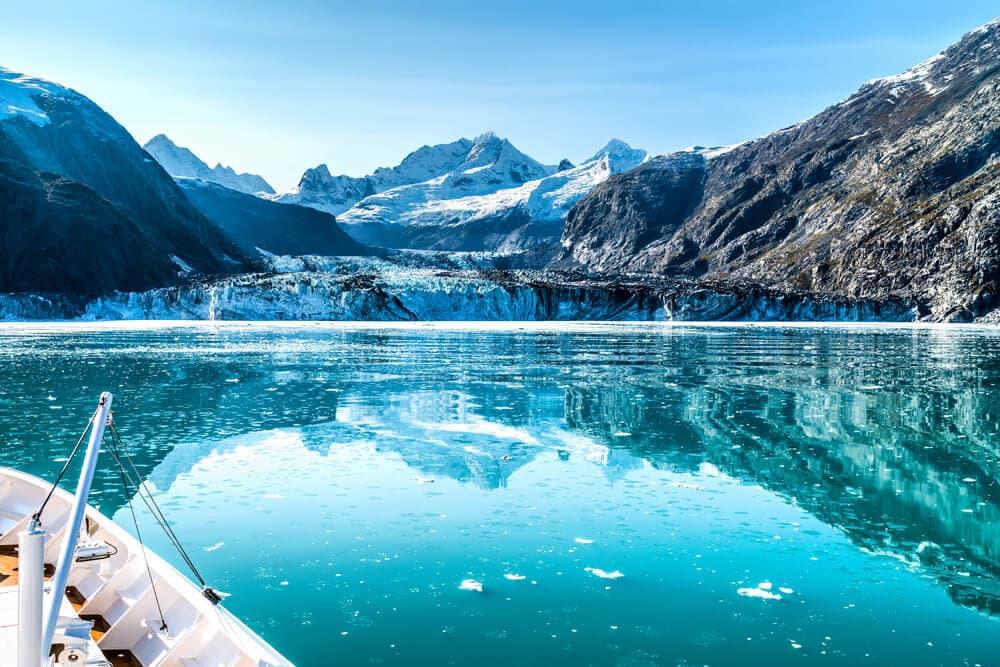
28. Aviation Also Has a Huge Climate Impact
Until airplanes adopt sustainable fuel, aviation will continue to be one of the worst drivers of climate change. Currently, not much is being done to promote more sustainable jet fuel, but some airline companies are taking some initiative on their own because they recognize that their customers are demanding greener ways to fly.
One serious consequence of jet fuel is that because it is burned at such a high altitude, it has a greater effect on global warming.
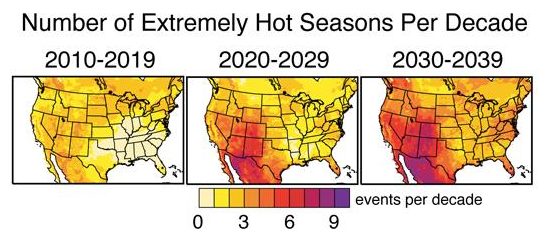
29. Alternative Energy Sources Will Require Global Cooperation
Currently, the global economy is built around oil. OPEC countries (OPEC stands for Organization of Petroleum-Exporting Countries) are some of the wealthiest, most powerful in the world because of the high demand for fossil fuels.
Investing in renewable energy – such as solar, wind, and hydro – will require drastic changes to the way that the global village functions.
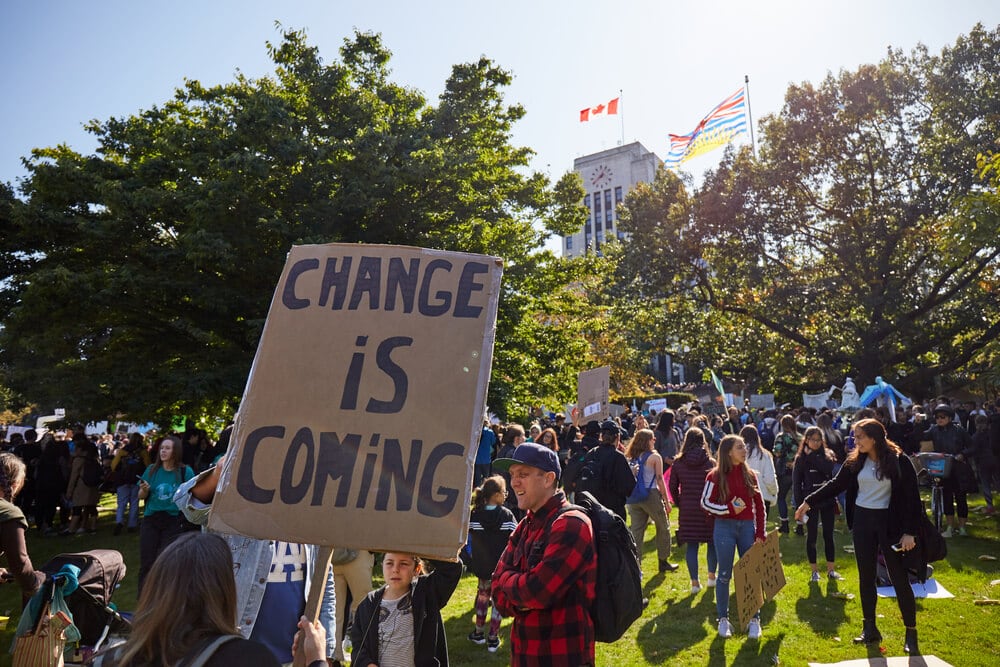
30. Change Is Coming
The leader of OPEC recently called Greta Thunberg and the movement that she is spearheading is the greatest threat to OPEC’s existence. The climate activist movements are making headway, and although governments are still refusing to listen, people are beginning to vote for candidates who are promoting a more climate-friendly message.
Greta’s message is clear: change is coming, whether you like it or not. Expect that kids will continue to lead the way on getting government leaders to act on what climatologists have been saying all along. Also, they are not alone: many adults and even industry leaders are beginning to come alongside them and support what they are doing.

